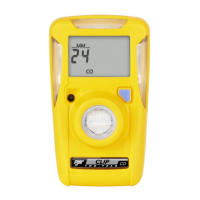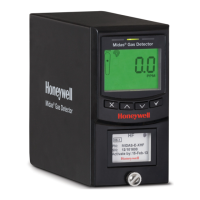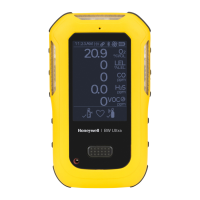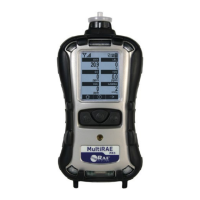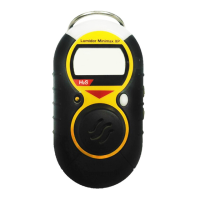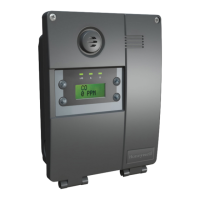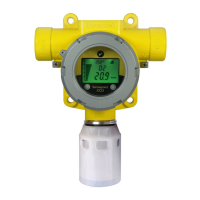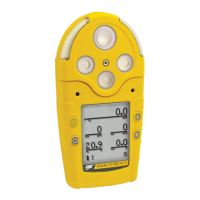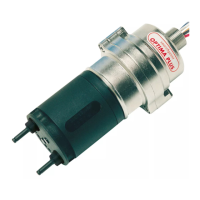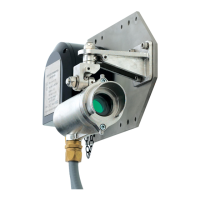WARNINGS
RAEGuard 3 is designed for installation and use in Zone 1, Zone 2 hazardous areas in many
countries including Europe, China etc.
Installation must be in accordance with the recognized standards of the appropriate authority in
the country concerned.
Access to the interior of detector, when carrying out any work, must only be conducted by trained
personnel.
Before carrying out any work ensure local regulations and site procedures are followed.
Appropriate standards must be followed to maintain the overall certification of the detector.
Two cable entries must be fitted with “seal fitting” appropriately, such as conduits, stopped plug,
cable gland etc. For installation where conduit is used, there must be a “Seal fitting” installed for
each of the cable gland entries within 150cm of RAEGuard 3. The total distance of location of
these Seal Fitting is 150cm. (e.g. If all 3 gland entries are to be used, 3 Seal Fittings should be
located, each within 50cm of the wiring entrance).
If using anti-seize compound, they should not contain substances that may poison or suppress
the catalytic flammable gas sensor, such as silicides, sulfides, chlorine, lead, or halogenated
hydrocarbons.
To reduce the risk of ignition of hazardous atmosphere, de-classify or disconnect the equipment
from the supply circuit before opening the detector enclosure. Keep assembly tightly closed
during operation.
Never attempt to open a junction box/enclosure or replace/refit flammable-gas/infrared sensor in
potentially hazardous atmospheres while the transmitter is energized.
The detector must be earthed/grounded for electrical safety and to limit effects of radio frequency
interference. Earth/ground points are provided inside and outside the unit. The internal grounding
shall be used the primary equipment ground. The external terminal is only a supplemental
bonding connection where local authorities permit or require such that.
Ensure that all screens/instrument earth/clean earth wiring is earthed/grounded at a single point
(either at the controller or detector-BUT NOT BOTH) to prevent false reading or alarms that may
occur due to potential earth/ground loops.
Take care when handling sensors as they may contain corrosive solutions.
Do not tamper with or in any way disassemble the sensor.
Do not expose to temperature outside the recommended ranges.
Do not expose sensors under storage conditions to organic solvents or flammable liquid.
When the service life of the sensor expires, the discarded sensors must be stored in a safe
environment to prevent environmental pollution. Or hand it to Honeywell for proper disposal.
Electrochemical sensors should NOT be incinerated as this action may cause the cell to emit toxic
fumes.
The sensor head must be fitted with the supplied waterproof cap, and mounted so that overall
detector meets ingress protection rating.
Modbus, Hart, menu, and Bluetooth cannot be used to set up the instrument at the same time.
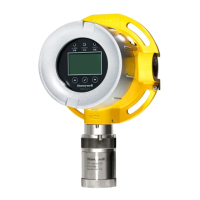
